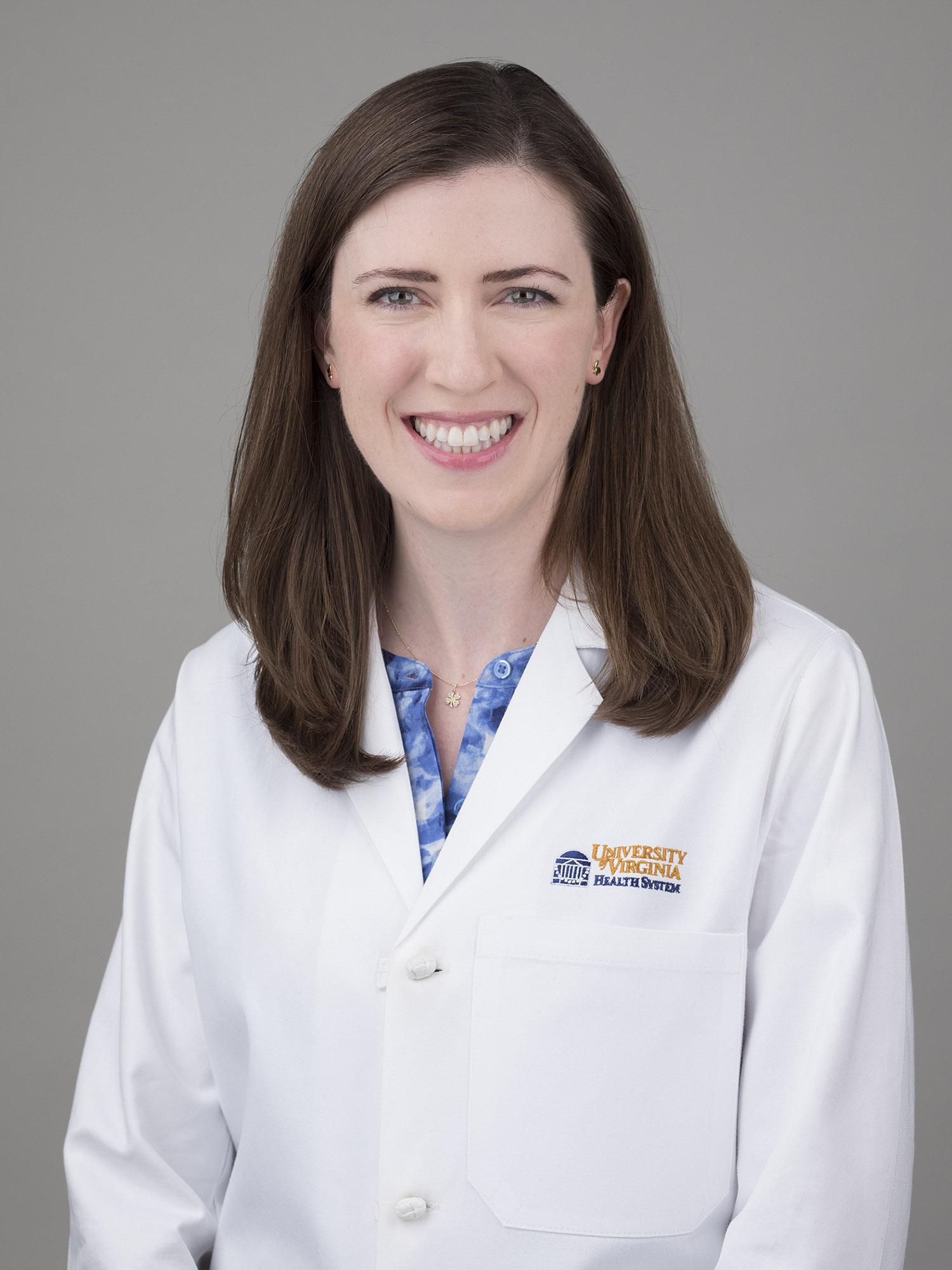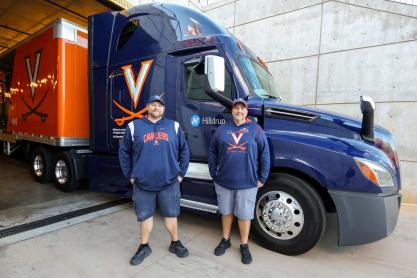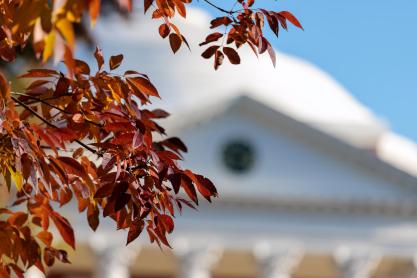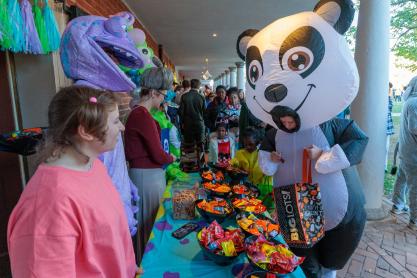Three-quarters of rural Americans live more than an hour from the nearest site testing new treatments for COVID-19, research from the University of Virginia School of Medicine reveals. Overall, almost a third of Americans would have to travel more than 60 minutes to access new therapies as they are being tested.
This geographic disparity limits access to COVID-19 clinical trials in many parts of the country that are being hit hardest by the latest wave of the pandemic. Native Americans and Alaska Natives are particularly affected, with more than 50% living more than 60 minutes from a trial site.
Who Gets Access to COVID-19 Trials?
UVA researcher Dr. Kathleen A. McManus and her collaborators examined COVID-19 trials across the country in the first eight months of the pandemic and found, as they expected, that the trials were concentrated around major cities. In total, they identified 310 clinical trials with 2,095 sites. The researchers were then able to calculate average drive times for potential participants, determining that 31.3% of U.S. residents live more than an hour from their closest site.

Dr. Kathleen A. McManus is an assistant professor of medicine in UVA’s Division of Infectious Diseases and International Health. (UVA Health photo)
This geographic disparity was most severe for Native Americans and Alaska Natives. Of those groups, 56.3% live more than 60 minutes from a trial site.
Seniors over age 65, one of the groups most at risk for severe COVID-19, also lack access. On average, 33.7% face more than an hour drive to join a trial of a promising new treatment.










